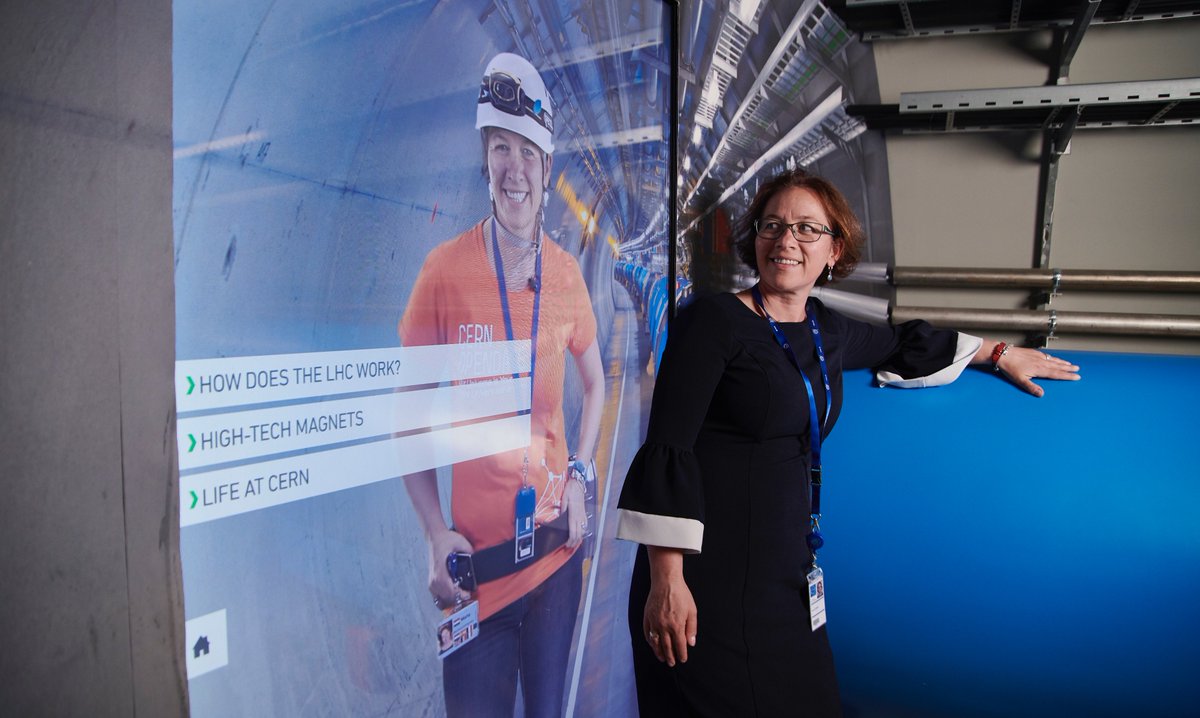
Today’s #PhotoOfTheWeek is all about the @LHCbExperiment. We are almost ready for #restartingLHC, so here are some of the tasks involved in the upgrade of the LHCb experiment. 💪
@LHCbExperiment ✅ Upgrade of the VErtex LOcator, a detector used to determine the exact point where the particles collide. One of its sensors is just 5mm away from the beam. Brand new modules were installed, with 40 million active pixels.
@LHCbExperiment ✅ New mirrors for the ring-imaging Cherenkov (RICH) detectors: this system consists of two huge digital cameras that measure the speed of particles. The lens system of the cameras is made of about 200 flat and spherical mirrors immersed in special gases.
@LHCbExperiment ✅ A brand new Upstream Tracker dedicated to measuring the trajectory of the particles. It consists of four stations with layers made of 968 silicon microstrip detectors. In the innermost areas, the pitch between two microstrips is 93.5 µm, the thickness of a human hair.
@LHCbExperiment ✅ Installation of the new SciFi Tracker, made of over 10 000 km of scintillating fibre. It reconstructs the particle’s hit position with a precision of 100 micron. It can output up to 20 Tb/s of data; this is equivalent to 50 million simultaneous 1080p Netflix streams.
@LHCbExperiment ✅ A new SMOG2 system, used to study proton-gas collisions and to measure the number of collisions delivered by the LHC accelerator. It was upgraded during the #LongShutdown2 and will provide unique experiment inputs during #LHCRun3!
• • •
Missing some Tweet in this thread? You can try to
force a refresh














